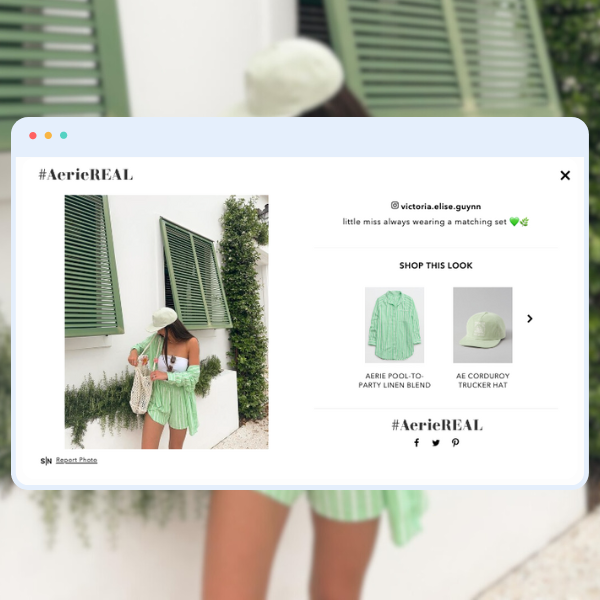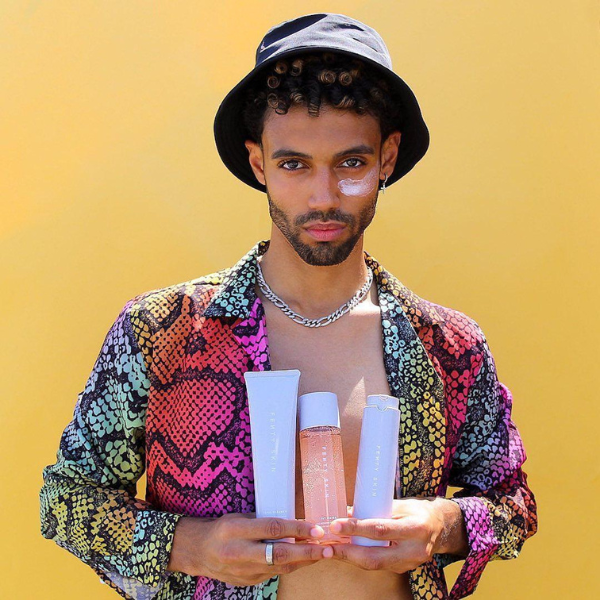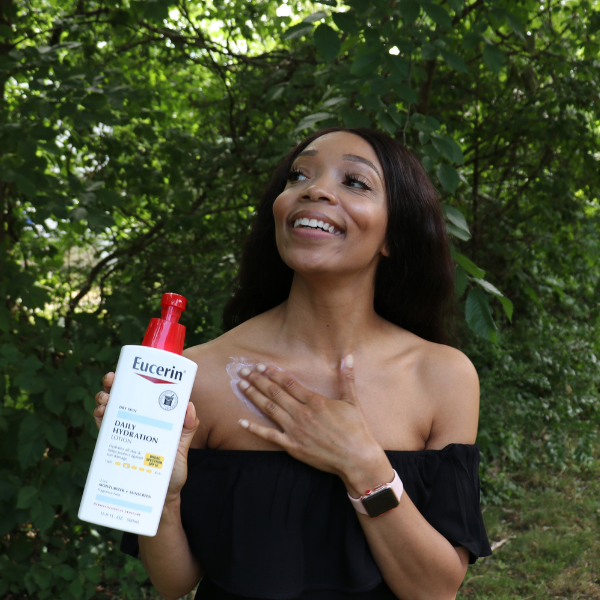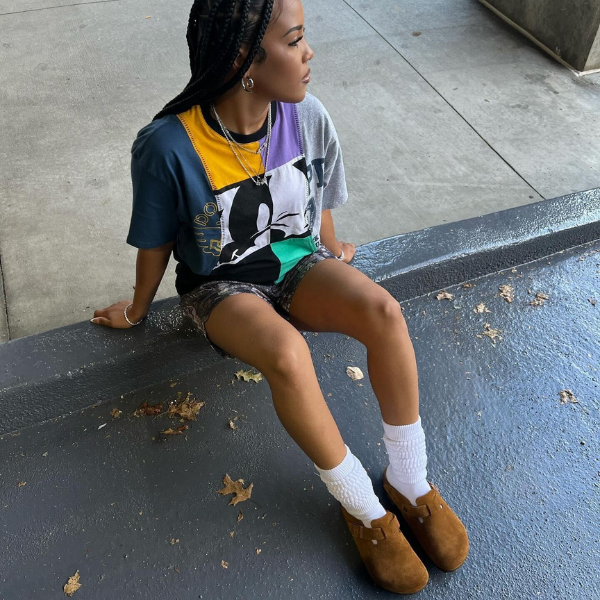At Social Native, we believe that understanding how Instagram works is crucial for creating and scaling authentic social content. There are a lot of myths and confusion especially around Instagram Stories and Reels algorithms, and we want to help you, especially as marketers or creators, navigate the platform and optimize your content strategy.
Ranking on Instagram Instagram uses a variety of algorithms, classifiers, and processes to personalize your experience and help you discover new content and creators. Each part of the app – Feed, Stories, Explore, Reels, Search and more – has its own algorithm tailored to how people use it. For example, people tend to look for their closest friends in Stories, use Explore to find new content and creators and be entertained in Reels. Instagram ranks things differently in these different parts of the app, and gives you features and controls like Close Friends, Favorites and Following so you can further customize your experience.
We’re sharing insights on two of the most popular Instagram offerings: Stories and Reels, and how you can leverage its algorithms to your advantage.
How to optimize your Stories for ranking
Stories are a great way to share your brand story and connect with your audience on a deeper level. The stories you create are shown to people who’ve chosen to follow you, as well as ads. Similar to Feed, Instagram uses a ranking algorithm to determine which stories will be shown higher in the stories tray. As a brand, you want to optimize your stories for ranking so that you can reach more people and drive more engagement. Here are some tips on how to do that based on Instagram’s input signals:
- Viewing history: This looks at how often people view your stories so that Instagram can prioritize the stories from accounts they think they don’t want to miss. To increase your viewing history, you need to create consistent and relevant stories that capture people’s attention and interest. You can also use features like stickers, polls, questions and quizzes to make your stories more interactive and fun.
- Engagement history: This looks at how often people engage with your stories, such as sending a like or a DM. To increase your engagement history, you need to create stories that invite people to respond and start a conversation with you. You can also use features like swipe-up links, countdowns and product tags to drive people to take action on your stories.
- Closeness: This looks at your relationship with the viewer overall and how likely you are to be connected as friends or family. To increase your closeness, you need to create stories that show your brand personality and values, and build trust and loyalty with your audience. You can also use features like live video, Reels and collaborations with other accounts to showcase different aspects of your brand and connect with new audiences.
How to optimize your Reels for ranking
Reels are a powerful way to showcase your brand story and reach new audiences with entertaining content. Unlike Feed and Stories, the majority of what you see on Reels is from accounts you don’t follow. So Instagram uses a ranking algorithm to determine which Reels will be shown to you based on how interesting and fun they are to you.
In order to find entertaining Reels, Instagram surveys people and asks whether they find a particular Reel worth their time or fun, and learns from the feedback to get better at figuring out what will entertain people. The most important predictions they make are how likely you are to reshare a Reel, watch a Reel all the way through, like it, and go to the audio page (a proxy for whether or not you might be inspired to make your own Reel.) The most important signals, roughly in order of importance, are:
- Your activity: They look at things like which Reels you’ve liked, saved, reshared, commented on, and engaged with recently. These signals help them understand what content might be relevant to you.
- Your history of interacting with the person who posted: As with Explore, it’s likely the video was made by someone you’ve never heard of, but if you have interacted with them, that gives them a sense of how interested you might be in what they shared.
- Information about the Reel: These are signals about the content within the video such as the audio track or visuals in the video, as well as popularity.
- Information about the person who posted: Instagram considers popularity signals such as number of followers or engagement level to help find compelling content from a wide array of people and give everyone a chance to find their audience.
Instagram understandably aims to make certain Reels less visible for other reasons, such as:
Meta Business Partner
Did you know that Social Native is a Meta Business Partner? We have been recognized as a qualified member to help you produce content through the creator community to amplify your strategy. Leverage authentic and relevant content to fuel your ad campaigns, sell products, or engage with your customers on Facebook and Instagram.
How Social Native can help you rank better on Stories and Reels
We do this by:
- Matching you with creators who can produce high-quality content that resonates with your target audience.
- Streamlining the content creation process and giving you access to a global network of creators who can deliver fresh and diverse content.
- Leveraging the power and influence of creators who can boost your social presence and reach by sharing your brand story with their followers.
- Providing you with data and insights on how your content is performing and how you can optimize it for better engagement and conversions.
Explore our robust sourcing engine, and have creators and influencers who love your brand create your content.





















